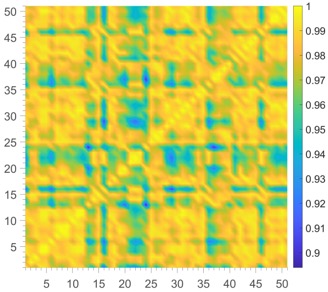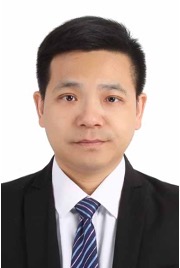Hierarchical
Microstructural Features of Cu-Alloys under Solidification
Zhiheng Huang1*, Xiaodong Xiang2,
Yuezhong Meng1, Huatay Lin3, Hui Yan4 and
Yunfei Du1,4
1Sun
Yat-sen University;
2Southern
University of Science and Technology;
3Guangdong
University of Technology;
4National
Supercomputer Center in Guangzhou
ABSTRACT: C.S. Smith pointed out that microstructures
are structural-hierarchy systems. However, most works conducted up-to-date
focus on establishing direct relationships between process and performance or
utilizing simple and crude microstructural measures. The digital age of
materials calls for more advanced and systematic framework for microstructural
measures. S.R. Kalidindi put forward descriptors based on the two-point
correlation function in 2015, but the coherence among statistical descriptors
and extreme value analyses remain untouched. Mallat scattering transform (MST)
emerges from mathematical research on mechanisms underlying deep convolution
neural networks. Based on the MST framework, this study investigates the
hierarchical microstructural features of Cu alloys under solidification and phase
transformations during subsequent heat treatments. Results suggest that a
logarithmic transform can constrain the hierarchical measures in certain ranges
and each microstructure exhibits its unique features. Figure 1 shows the
pseudo-color plot of the correlation coefficient matrix of the hierarchical
features of 51 microstructures. 2D MST extracts translation invariances only,
while 3D MST captures both translation and rotation invariances. As the 0th
order feature showing the average value of microstructure, the 1st
order features vary systematically according the scale and orientation of the analysis
wavelet, and the 2nd order features supply lost information for the
1st order. The number of hierarchical features of a standard
microstructure with 512 pixels ´
512 pixels can be controlled around 200, and quantitative
microstructure-property relationships can be then established based on such
feature series.

Keywords: Cu-alloy; solidification; microstructure; hierarchical feature

Huang completed his PhD and Postdoctoral research at Loughborough University and Max Planck Institute for Iron Research (MPIE). He is currently an associate professor at Sun Yat-sen University. He has published more than 40 papers and book chapters on ICME focused on microstructure-based modeling.